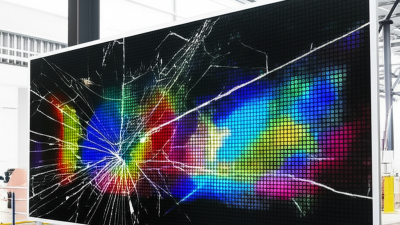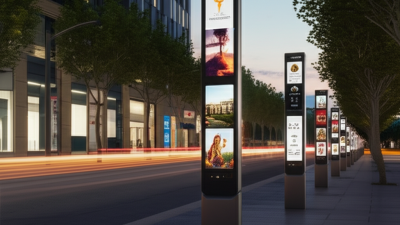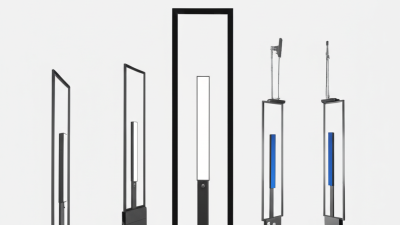
-
Home
-
Products
-
About Us
-
Case
-
News
-
BLOG
-
FAQ
-
Contact Us
Leave Your Message

In an era where technology is seamlessly integrating into everyday life, the automotive industry is no exception. Vehicle Mounted Screens are becoming a staple in modern vehicles, enhancing the driving experience while prioritizing road safety. According to recent industry reports, the global market for Vehicle Mounted Screens is projected to grow at a CAGR of approximately 10% between 2023 and 2028, driven by advancements in display technology and increasing consumer demand for in-car connectivity features. These screens serve not only as infotainment systems but also facilitate navigation, hands-free communication, and safety alerts, contributing to a safer driving environment.
Industry expert Dr. Emily Carter, a leading analyst at the Automotive Technology Research Institute, notes, “Vehicle Mounted Screens are revolutionizing how drivers interact with their vehicles. They are not just an added feature; they play a crucial role in reducing distractions and enhancing situational awareness on the road.” As manufacturers continue to innovate and integrate smarter technologies, the importance of these screens will only increase. This article will delve into the top five Vehicle Mounted Screens on the market that are set to redefine driving experiences and promote greater safety on the roads as we approach 2025.

Vehicle mounted screens are increasingly recognized for their pivotal role in enhancing driver awareness and reaction times. These innovative displays provide real-time feedback on various aspects of driving, such as speed limits, navigation, and road hazards. By presenting critical information within the driver's line of sight, these screens help minimize distractions and keep the driver's focus on the road, which can significantly improve overall safety.
Moreover, advances in technology are also paving the way for more intuitive user interfaces that adapt to the driver's needs. For instance, color-themed human-machine interfaces (HMIs) can influence trust and reaction speeds, especially in semi-automated vehicles. Such systems can enhance take-over performance by displaying alerts and visual cues that resonate more effectively with the driver. As we move toward more automated driving experiences, the integration of vehicle mounted screens with advanced driver assistance systems (ADAS) will likely lead to a safer driving environment and better engagement from drivers.
Vehicle mounted screens have become increasingly significant in enhancing the driving experience while simultaneously addressing the issue of distracted driving. According to a study on driver distraction, the integration of in-vehicle information systems can streamline tasks, thereby reducing the cognitive load on drivers. This allows for safer navigation of essential functions such as GPS and music selection without diverting attention from the road. Research has indicated that minimizing secondary tasks through more intuitive interfaces can lead to improved driving performance, particularly among young drivers who are often more susceptible to distractions.
Recent legislative efforts, such as the hands-free driving laws enacted in various states, underscore the need for advanced technology that keeps drivers engaged with the road. A recent report indicated that Missouri's hands-free law contributed to a 5% reduction in distracted driving incidents within its first year, preventing over one thousand crashes. By minimizing distractions and promoting safer habits, vehicle mounted screens that prioritize driver engagement can play a crucial role in fostering road safety, making them an invaluable asset for modern vehicles.
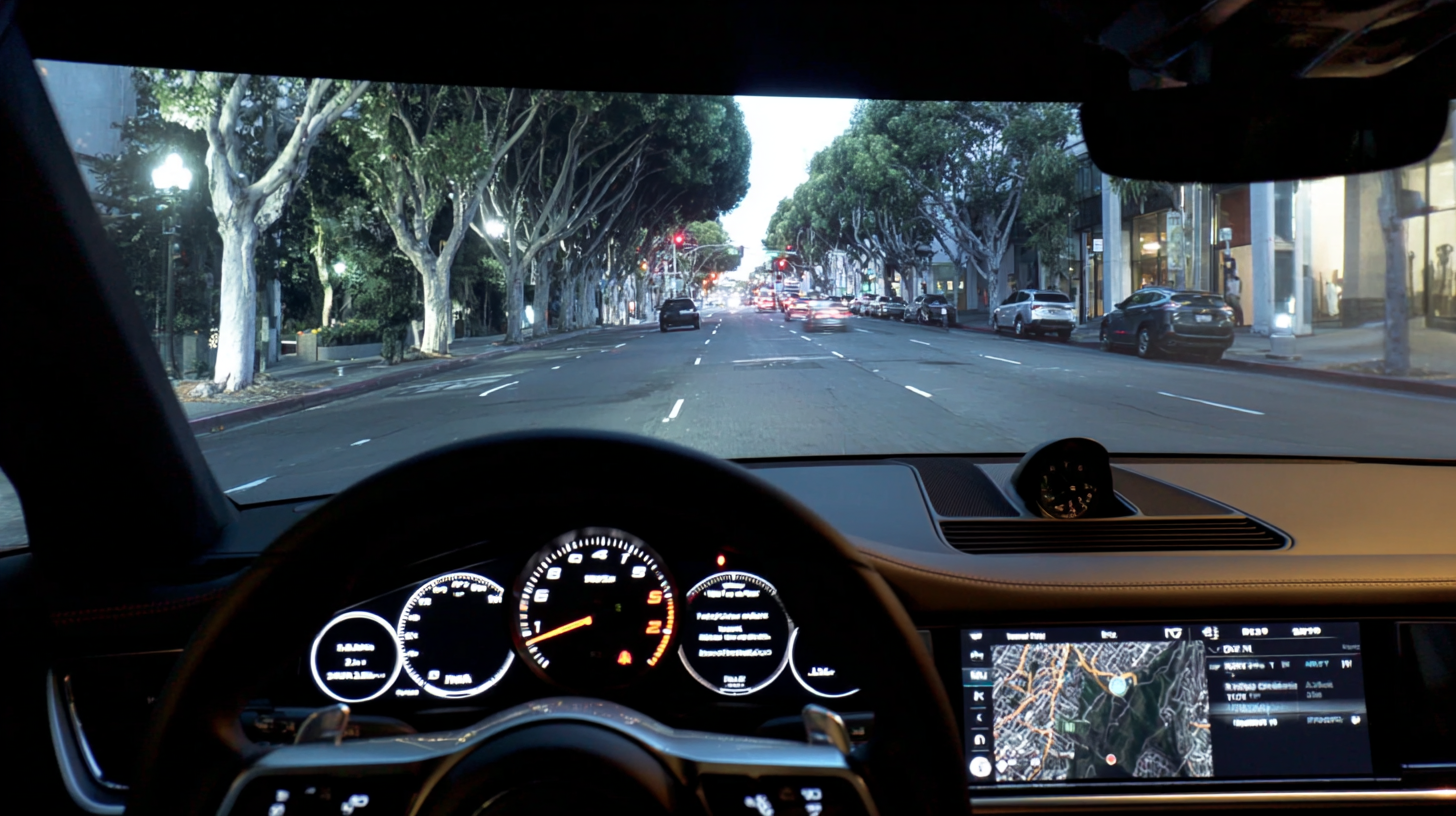
Recent industry studies highlight the significant advancements in vehicle mounted displays, emphasizing their role in enhancing navigational accuracy and overall driving safety. As drivers navigate complex road networks, the clarity and immediacy of information provided by these screens can dramatically reduce the likelihood of accidents caused by misdirection or distractions. The integration of real-time traffic data, GPS updates, and route optimization features empower drivers to make informed decisions, thereby improving their situational awareness on the road.
Moreover, these displays are designed to minimize cognitive load, allowing drivers to maintain focus on the road while receiving essential information. Through voice command technology and intuitive touch interfaces, vehicle mounted screens facilitate hands-free navigation, allowing for safer interactions with the system. Studies indicate that with reduced distraction and enhanced access to critical navigational aids, the likelihood of accidents reduces significantly, underscoring the importance of such technologies in modern vehicles for both driving experience and safety.
| Display Type | Screen Size (inches) | Resolution | Key Features | Average Price (USD) |
|---|---|---|---|---|
| LCD Touchscreen | 9 | 1280 x 720 | GPS Navigation, Bluetooth Connectivity | 250 |
| LED Display | 10 | 1920 x 1080 | Apple CarPlay, Android Auto | 300 |
| Heads-Up Display | 8 | 1024 x 768 | Speed Display, Navigation Alerts | 400 |
| Rear-View Monitor | 7 | 800 x 480 | Night Vision, Parking Assistance | 150 |
| Multimedia Infotainment | 11 | 1600 x 900 | Voice Control, Multi-Device Connectivity | 500 |
Vehicle mounted screens have become increasingly popular due to their ability to enhance the driving experience while ensuring road safety. One of the primary safety features of these screens is the integration of real-time navigation systems. By providing drivers with turn-by-turn directions and traffic updates directly on the display, these systems reduce the need to glance at handheld devices, which can distract from the road. Moreover, many advanced screens come with voice command capabilities, allowing for hands-free operation that keeps the driver’s focus on the journey ahead.
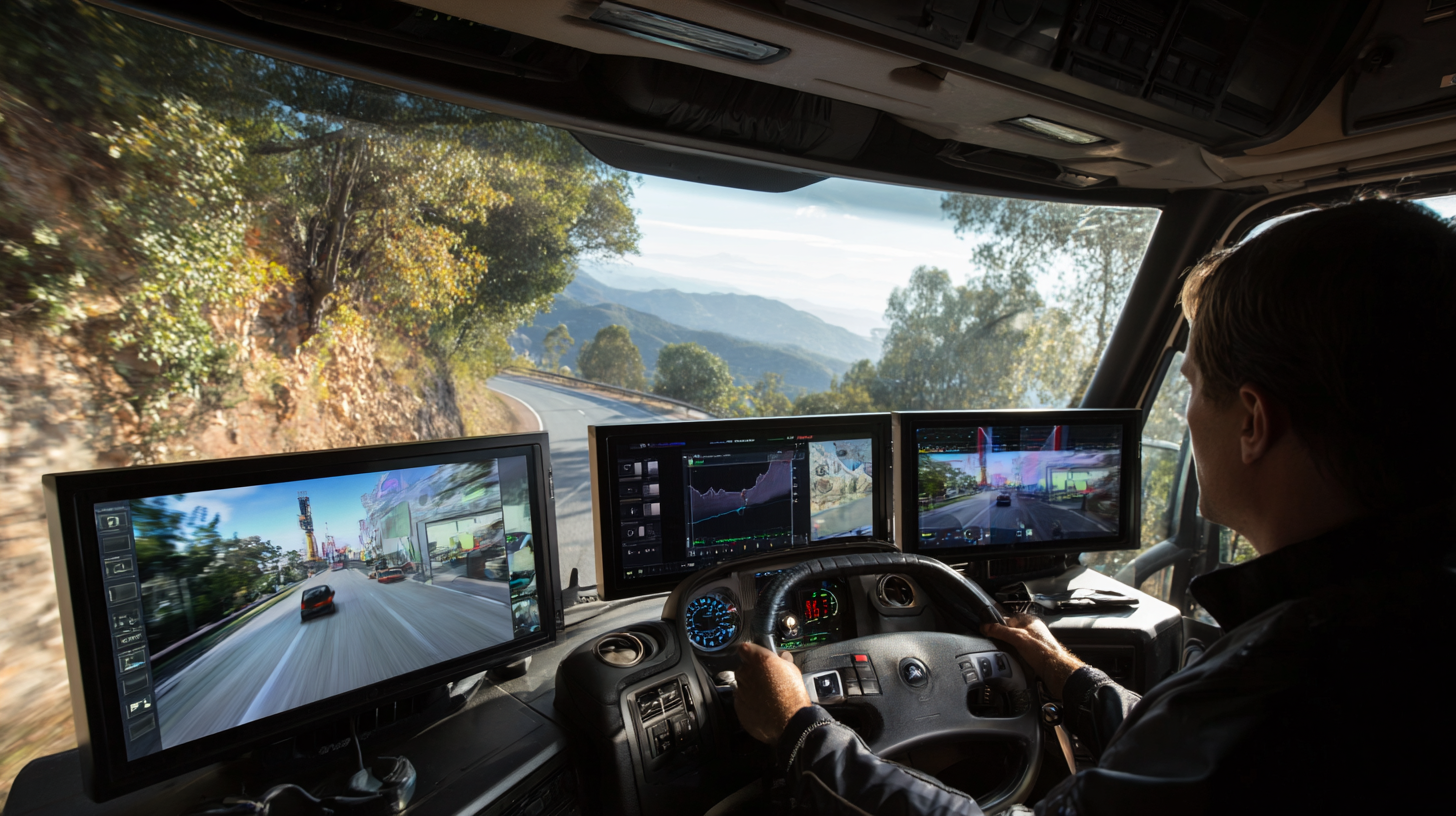
Another significant safety feature is the incorporation of rearview cameras and parking assistance overlays. Vehicle mounted screens often display feeds from cameras strategically positioned around the vehicle, giving drivers a comprehensive view of their surroundings. This additional visibility diminishes blind spots, making it significantly easier to maneuver in tight spaces and reducing the likelihood of accidents. Additionally, some systems offer lane departure warnings and collision alerts, which actively prompt drivers to remain vigilant. By using these innovative technologies, vehicle mounted screens not only enhance user experience but also reinforce compliance with road safety regulations, making travels safer for everyone on the road.
The adoption of vehicle-mounted screens has seen a significant surge in recent years, driven by an increasing focus on enhancing driving safety and overall experience. According to a recent report from the Automotive Technology and Innovation Center (ATIC), the market for in-car infotainment systems is expected to grow at a compound annual growth rate (CAGR) of 12.4% from 2023 to 2030, highlighting the rising consumer demand for advanced technology that not only entertains but also promotes safer driving habits.
As vehicle-mounted screens become more prevalent, their influence on driving behavior is noteworthy. Data from the National Highway Traffic Safety Administration (NHTSA) indicates that integrating these screens can reduce the incidence of distracted driving, with drivers who use hands-free features experiencing a 30% decrease in distraction-related incidents. Furthermore, a survey conducted by the Institute for Highway Safety (IHS) revealed that 68% of drivers using in-car navigation systems reported feeling more confident in their route planning, thus reducing the need for last-minute lane changes and improving overall road safety.
As consumers continue to embrace this technology, it is clear that vehicle-mounted screens are shaping not just the driving experience but also fostering safer roads.

